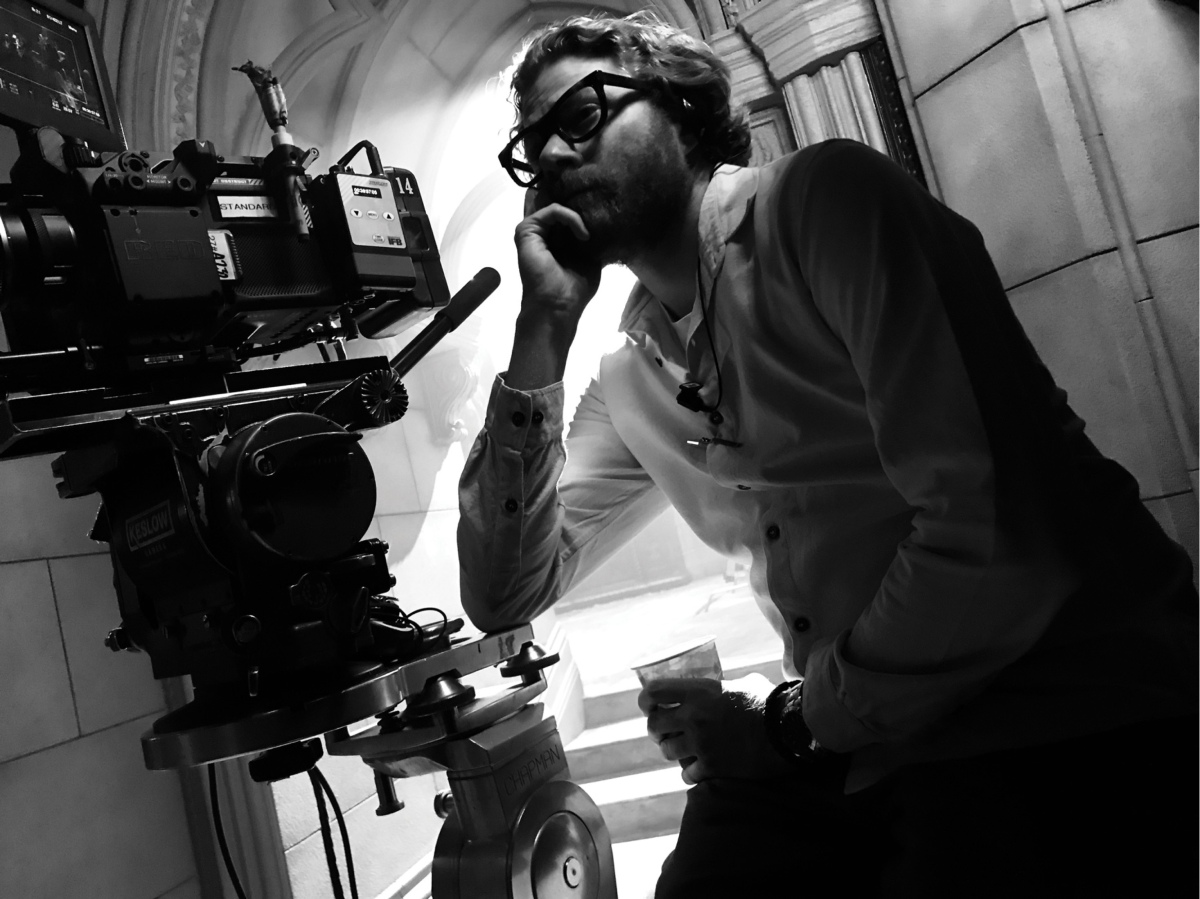Black-and-white biopic Mank sees another successful collaboration between cinematographer Erik Messerschmidt ASC and director David Fincher as they craft an authentic portrayal of Hollywood’s golden age and explore the turbulent development of the script for Citizen Kane.
Zoe Mutter
April 12, 2021
British Cinematographer
“This was not an offer I had to consider; the answer was an immediate yes,” says cinematographer Erik Messerschmidt ASC when thinking back to the moment he was asked to film director David Fincher’s Mank which depicts the life of screenwriter Herman J. ‘Mank’ Mankiewicz (Gary Oldman) as he develops the script for director Orson Welles’ 1941 classic Citizen Kane.
“I was thrilled when David called me,” he says. “I was nervous too of course as I felt a tremendous responsibility to be considerate and respectful to the film, but it’s a cinematographer’s dream to get the opportunity to make a movie like this.”
As Citizen Kane is widely regarded as one of cinema’s masterpieces, the pressure was on to capture the essence of Gregg Toland ASC’s cinematography and to faithfully encapsulate the distinctive mood, lighting and composition reminiscent of a golden era of filmmaking.
Mank, which received a limited theatrical release before streaming on Netflix, is based on a script written by Fincher’s late father, the journalist and writer, Howard “Jack” Fincher which focuses on the controversy surrounding who had creative ownership of Citizen Kane – Welles or Mankiewicz.
The film uses flashback sequences to explore the prolific talent of Mank as well as his alcoholism and tumultuous relationships with Hollywood executives such as film producer and MGM Studios co-founder Louis B. Mayer (Arliss Howard) and Irving G. Thalberg (Ferdinand Kingsley) and publishing tycoon William Randolph Hearst (Charles Dance), who is widely claimed to be the inspiration for Citizen Kane’s protagonist.
Fincher was clear from the beginning that the film would be shot in black-and-white. “We never even considered what the movie would look like in colour,” says Messerchmidt. “Part of David’s intent was to transport the audience back to the classic ‘30s and ‘40s Hollywood era. Black-and-white was an excellent way to do that.”
Ensuring black-and-white was used as a homage or a pastiche rather than a parody was a priority. “When they approach black-and-white, cinematographers can tend to reach for noir as they are excited by its gestured, stylised lighting which you don’t get to use very often when shooting in colour,” adds Messerschmidt.













